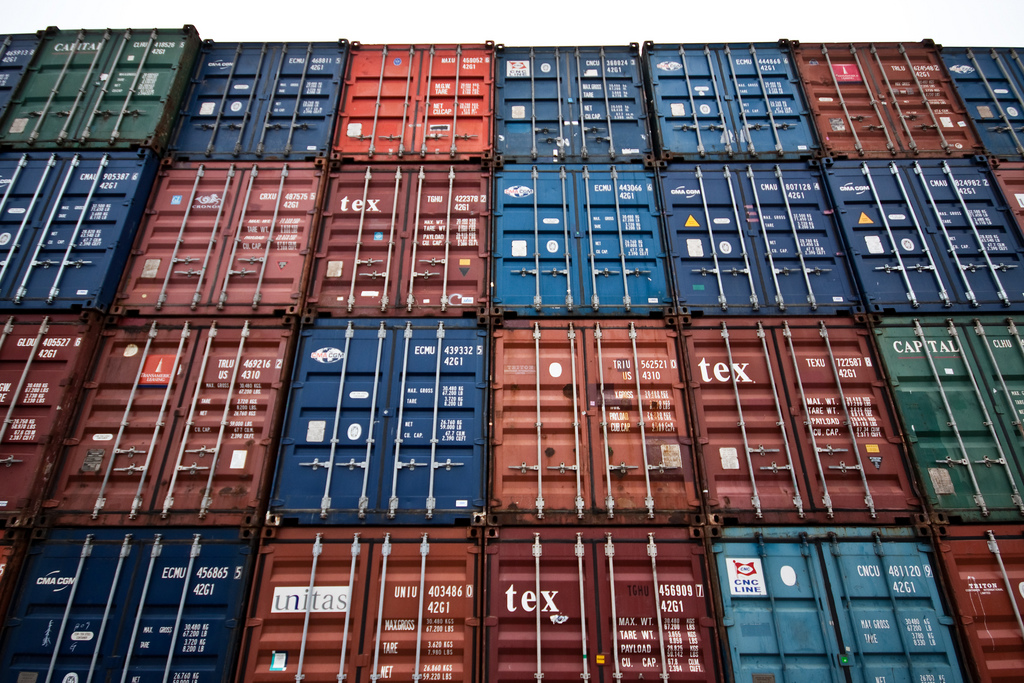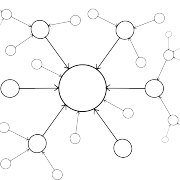A Brief History of Standards

Photo: Christina/Flickr
Since the beginning of recorded history, the process of standardization has set the stage for immense gains in collaboration, productivity, and innovation. Standards allow us to find collective harmony within a society that grows increasingly complex.
Naturally, the first standards were ways of measuring time and space—from the Mayan Calendar to King Henry I of England’s preferred unit of measurement in 1120 AD—the length of his arm—which he instituted as the “ell.”
While early standards often existed in part as a vehicle for increasing the prestige and power of rulers and regulators that created them, they would—as expectations evolved—become a source of individual empowerment. Following the French Revolution, a new system of measurement was promoted as “a way to erase the arbitrary nature of local rule,” writes Andrew Russell, author of the book, Open Standards and the Digital Age: History, Ideology, and Networks. The argument being—How could citizens truly be free, independent, and self-reliant if they weren’t able to make calculations and measurements on their own?
Indeed, it was broad standardization that paved the way for the Industrial Revolution. Interchangeable parts dramatically reduced costs, allowing for easy assembly of new goods, cheap repairs, and most of all, they reduced the time and skill required for workers. Or consider how those manufactured products are then shipped—likely by train. Prior to the standardization of the railroad gauge, cargo traveling between regions would have to be unloaded and moved to new trains because the distance between rails no longer matched the train’s wheels.
Photo: Flickr
On the other end of the spectrum, the failure to enact proper standards isn’t just inefficient and costly, it can prove disastrous—such as in 1904, when a vicious fire broke out in Baltimore. New York, Philadelphia, and Washington, DC quickly sent support, but found their efforts to be in vain as their fire hoses weren’t compatible with local fire hydrants. The fire would burn for over 30 hours and destroy 2,500 buildings.
While the situation with today’s payment systems isn’t nearly as dangerous, the lack of a universal standard for transacting value is implicitly costly and serves as a persistent bottleneck toward true financial innovation.
In the U.S., the last time there was broad consensus on a new payments standard was with the creation of Automated Clearing House in the 1970s, an electronic system meant to replace paper checks. That system, which still essentially enables all domestic payments has, in four decades, remained relatively unchanged. The primary reason is that achieving consensus for new standards isn’t easy, especially in an industry as far-reaching and as fundamental to the economy as payments, where there are numerous and a wide range of constituents with incentives that don’t always align. So even as the Federal Reserve pushes for real-time payments, affecting actual change remains elusive, as the technology becomes increasingly antiquated.
While payment standards find themselves stuck in time, standards everywhere else have continued to evolve.
The latter half of the 20th century saw the rise of the concept of the open standard. While there’s no set definition for an open standard, there are a few commonly accepted properties, such as its availability to the general public while being unencumbered by patents.
Early manifestations of an open standard were physical, the quintessential embodiment being the creation of the shipping container. Conceptualized by Malcom McLean in the 1950s and later standardized by the U.S. Maritime Administration and the International Standards Organization in the 1960s, the shipping container became a universal standard for moving goods.
As the standard became widely accepted and used, shipping boomed and costs spiraled downward. In other words, the birth of globalization began with a standard. Such is the ubiquity of shipping containers today, they’re used for low-cost housing in the outskirts of Berlin, while serving as a beer garden in trendy parts of San Francisco.

Photo: Håkan Dahlströ/Flickr
As it turned out, open standards wouldn’t just facilitate transportation of goods, they’d also enable the efficient and cheap sharing of information through the internet.
Before the rise of open standards, it was physically impossible to connect different computers. Even if you could connect them, they each required proprietary information to understand one another. The creation of standards like Ethernet, TCP/IP, and HTML allowed an unprecedented level of interoperability and simplicity when it came to transporting data. “As we know in hindsight, each of these open standards created an explosion of innovation,” tech luminary Joi Ito wrote in 2009.
And Internet standards are still evolving—from Creative Commons for copyrighted material to OAuth for online authorization.
While open standards have liberated the movement of physical goods and digital information, moving dollars and cents has been disappointingly left behind. It’s one of the primary reasons that there are still 2.5 billion people who lack access to the global economy.
In many cases, serving the unserved starts with setting a standard. One place where that idea has taken hold is Peru, which has one of the lowest rates of inclusion in all of South America—8 out of 10 working adults don’t have access to proper financial services.
When the country initially investigated how to provide more people access, they assumed the problem was mostly technological. They soon discovered that technology was only a small piece of the pie and in order for financial inclusion efforts to truly move forward, regulators would have to create a clear regulatory framework that standardized new technologies while promoting innovation and competition.
In 2013, the Peruvian government did just that, enacting e-money legislation that would blaze a path for serving those living in poverty. It wasn’t long before major financial institutions were onboard. Today, Peru serves as an international model for taking on inclusion.
The U.S. appears to be following suit. A recent report from the Federal Reserve highlighted four paths to modernizing the U.S. payment system. Tellingly, “option 2” of the report details the development of “protocols and standards for sending and receiving payments.”
That the U.S. central bank has acknowledged the potential for a new payments standard is momentous. Intelligently crafted standards create the potential for a common language, a universal platform where innovation and economics can flourish.





Hinterlasse einen Kommentar
An der Diskussion beteiligen?Hinterlasse uns deinen Kommentar!